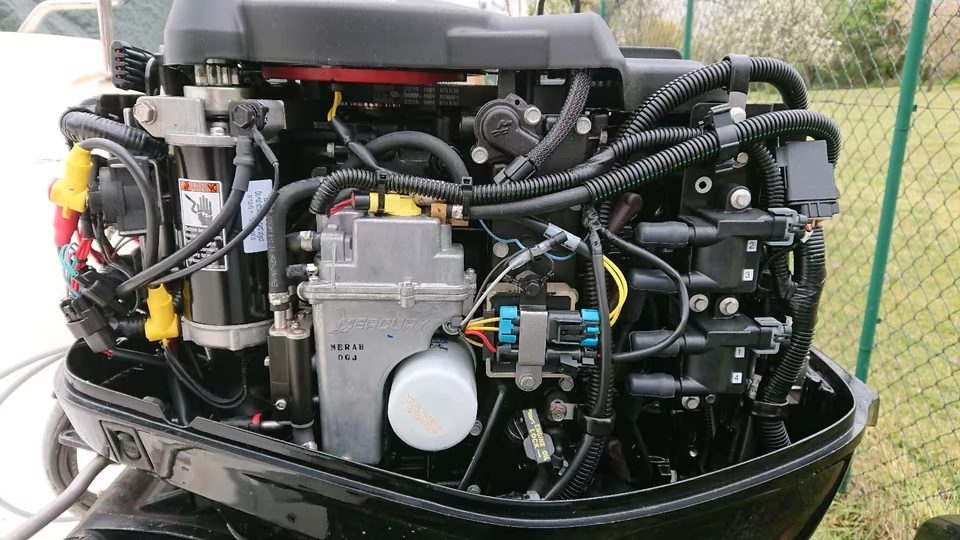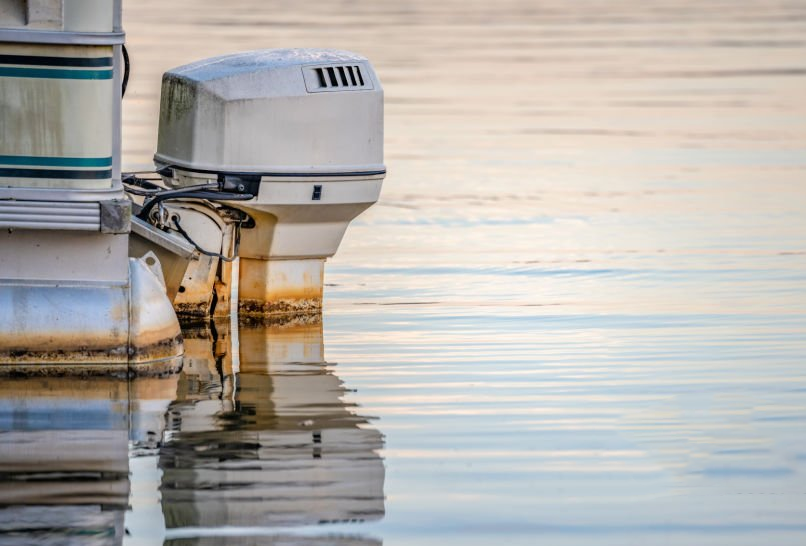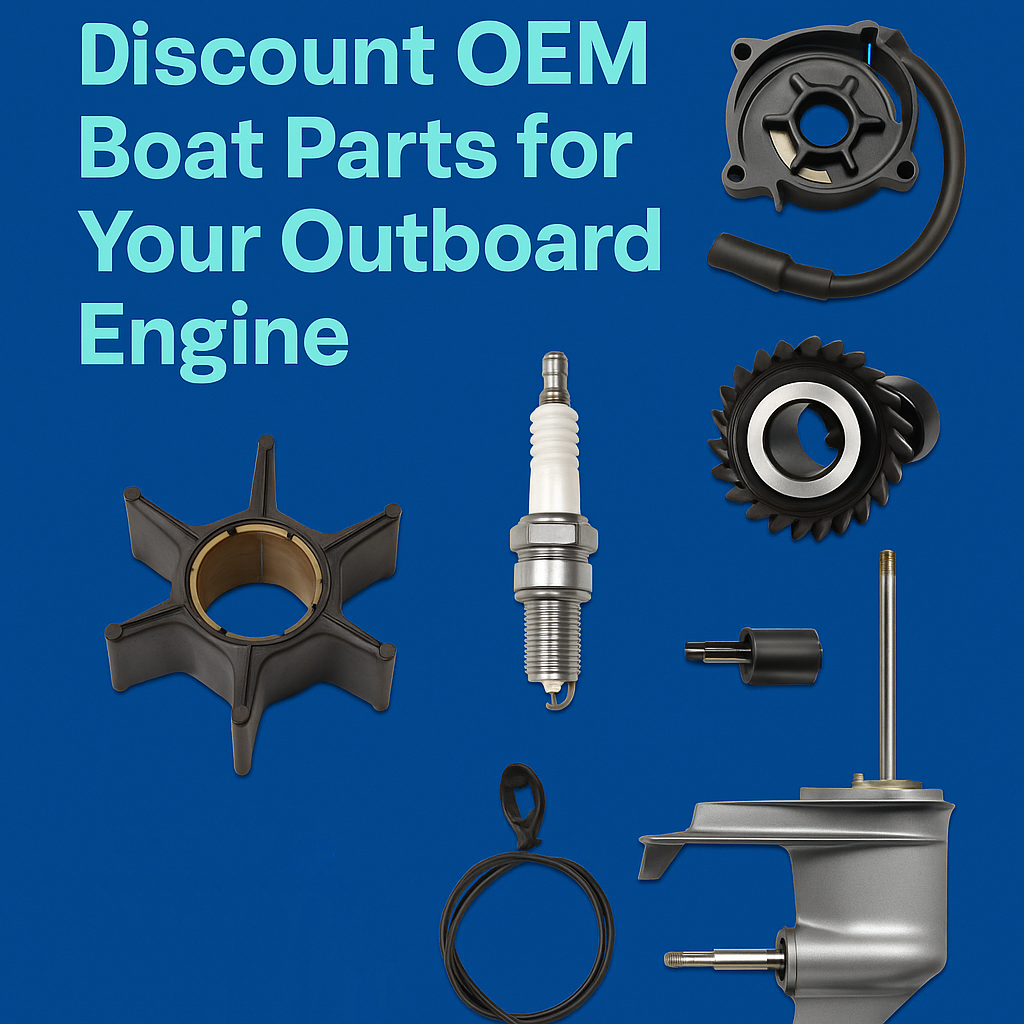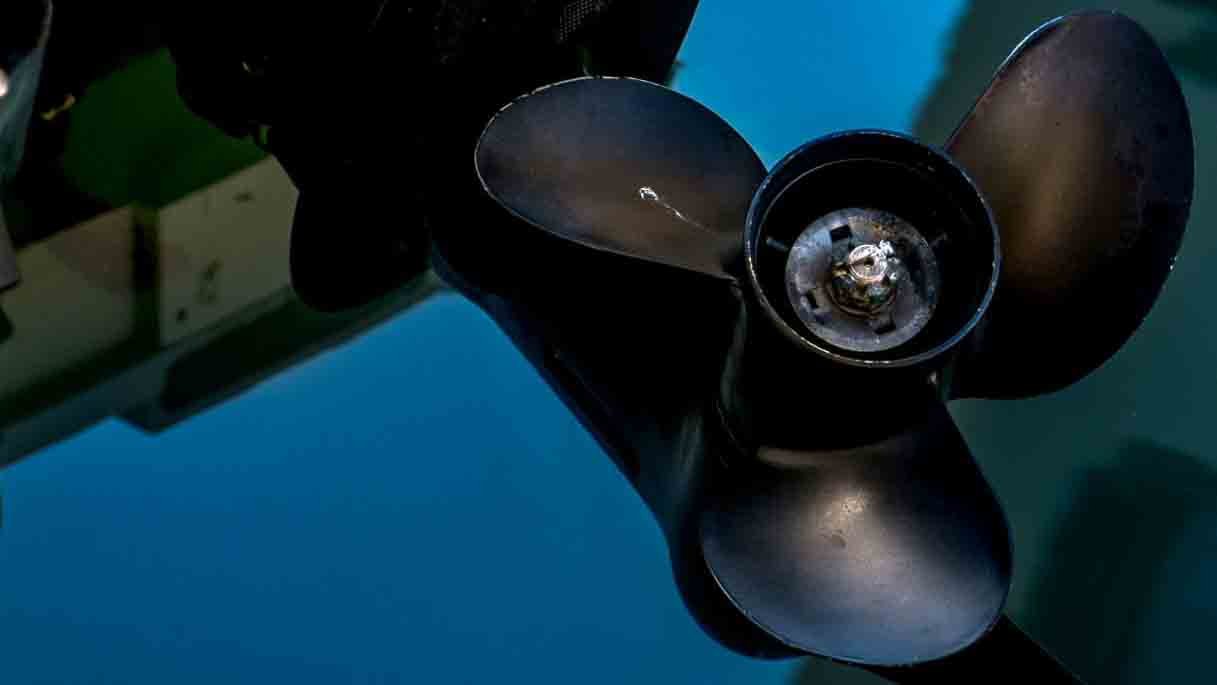If you own a boat, you probably know the engine matters—but the lower unit (often called the gearbox) is just as critical. This powerhouse component transfers power from your motor to the propeller, ensuring smooth acceleration, fuel efficiency, and reliable performance.
Yet, many boaters overlook lower unit maintenance until it’s too late. A failing gearbox can lead to sluggish speeds, grinding noises, or even complete failure on the water.
In this deep dive, we’ll uncover seven essential truths about your outboard’s lower unit, including maintenance tips, common failures, and smart upgrades.
1. The Role of the Lower Unit (Gearbox) in Your Outboard
The lower unit is the unsung hero of your outboard motor. It performs three key jobs:
- Gear Reduction: Converts high-RPM engine power into usable thrust.
- Direction Control: Shifts between forward, neutral, and reverse.
- Protection: Seals gears and bearings from water, sand, and debris.
Without a well-functioning gearbox, even the strongest engine will struggle to move your boat efficiently.
2. The #1 Cause of Lower Unit Failure (And How to Prevent It)
Water intrusion is the biggest killer of lower units. Saltwater, especially, corrodes gears and bearings over time.
Warning Signs of Water Damage:
- Milky or frothy gear oil (indicates water mixing in).
- Difficulty shifting gears.
- Unusual whining or grinding noises.
Prevention Tips:
✔ Replace seals every 2-3 years.
✔ Use high-quality marine grease on propeller shafts.
✔ Check gear oil regularly for contamination.
For reliable seal replacements, consider the Seal Kit.
3. Gear Oil: The Lifeblood of Your Lower Unit
Just like engine oil, gear lubricant degrades over time. Using the wrong type can cause:
- Premature wear on gears.
- Overheating under heavy loads.
- Stiff or unreliable shifting.
What You Should Use:
- SAE 90W (standard for most outboards).
- Synthetic Blend (better for high-stress conditions).
Always check your owner’s manual—some newer models require GL-5 rated oil for extra protection.
4. When to Rebuild vs. Replace Your Lower Unit
A damaged gearbox doesn’t always mean a full replacement. Here’s how to decide:
Rebuild If:
- Only seals or bearings are worn.
- Gears show minor pitting but still function.
Replace If:
- Gears are chipped or heavily corroded.
- The housing has cracks or impact damage.
5. Upgrading for More Speed & Durability
If you want better performance, consider these lower unit upgrades:
- High-Performance Gear Sets: Stronger alloys handle more torque.
- Waterproof Bearings: Reduce corrosion in saltwater.
- Polished Gears: Smother engagement, less wear.
Racers often swap in Mercury Racing Gears for maximum speed.
6. The Truth About “Bulletproof” Lower Units
Some manufacturers claim their gearboxes are indestructible—but no outboard is immune to neglect. Even heavy-duty units fail without:
- Proper lubrication.
- Regular inspections.
- Careful shifting (never force gears).
7. How to Extend Your Lower Unit’s Lifespan
Follow these habits to keep your gearbox running like new:
✅ Flush with freshwater after every saltwater trip.
✅ Change gear oil annually (or every 100 hours).
✅ Inspect propshaft seals for fishing line damage.
Final Thoughts & Proactive Maintenance Checklist
Your outboard’s lower unit isn’t just another component—it’s the critical link between your engine’s power and the water. Neglecting it can turn a perfect day on the lake into a costly tow back to shore. But with proactive care, your gearbox can deliver reliable performance for decades.
Here’s a comprehensive maintenance checklist to maximize your lower unit’s lifespan:
Monthly Checks:
- Inspect gear oil for water contamination (milky = trouble).
- Look for leaks around seals and gaskets.
- Grease the propshaft to prevent corrosion.
Seasonal Maintenance:
- Replace gear oil before winter storage to remove moisture.
- Pressure-test seals if your boat is in saltwater.
- Check propeller shafts for fishing line wraps (a silent killer of seals).
Every 2-3 Years:
- Rebuild the water pump (overheating destroys gears).
- Upgrade seals if you notice minor leaks.
- Inspect gears for pitting or unusual wear patterns.
When Performance Drops:
- Grinding noises? Check gear alignment and oil levels.
- Sluggish acceleration? Verify gear reduction isn’t slipping.
- Overheating? Ensure the water pump flow isn’t blocked.
Why This Matters
Unlike engine problems (which often give warning signs), lower unit failures frequently happen suddenly, leaving you stranded mid-cruise. By adopting these habits, you’ll:
- Save money on avoidable repairs.
- Boost resale value (documented maintenance matters).
- Enjoy smoother shifts and better fuel efficiency.
Still unsure about your gearbox’s condition? Consult a marine mechanic for a pressure test and oil analysis—it’s the equivalent of a blood test for your outboard.






